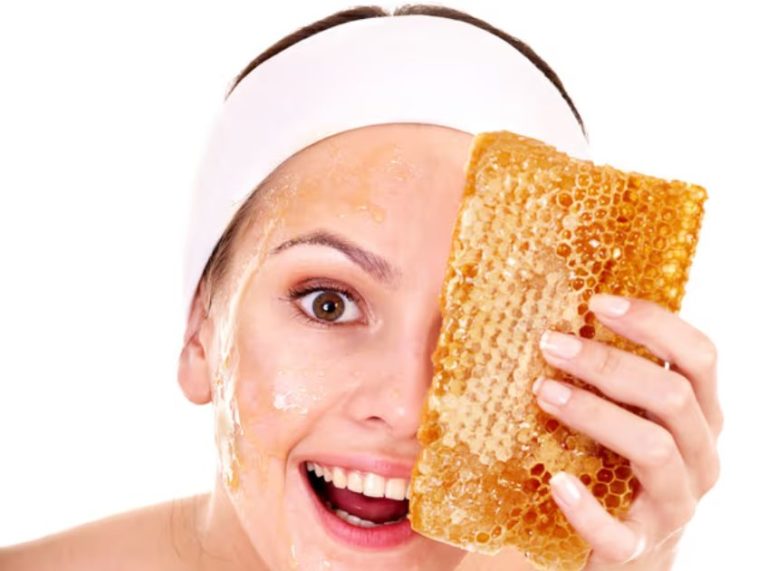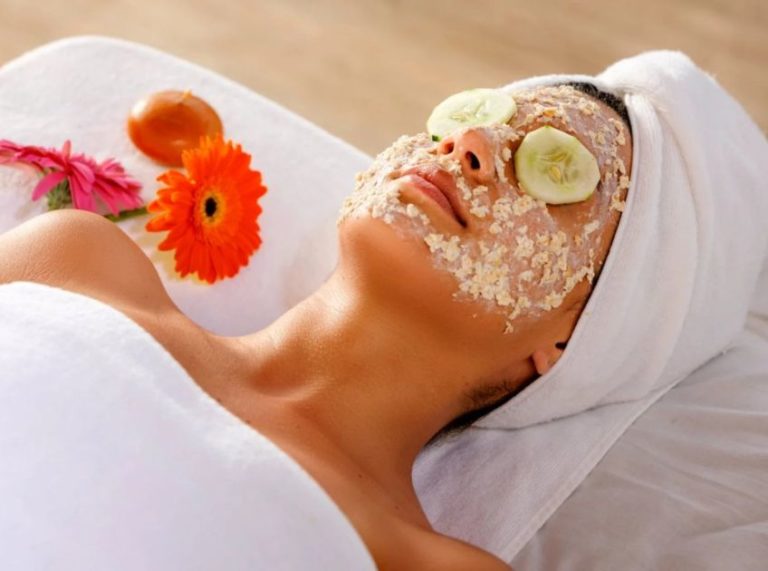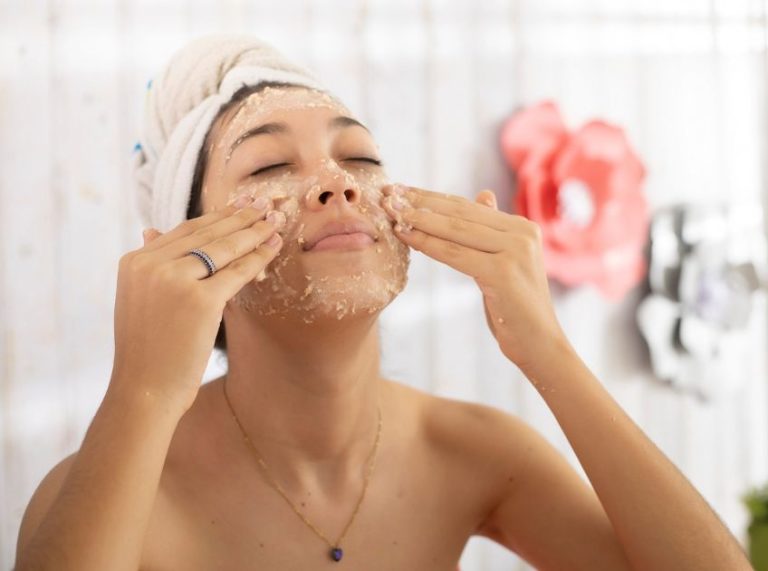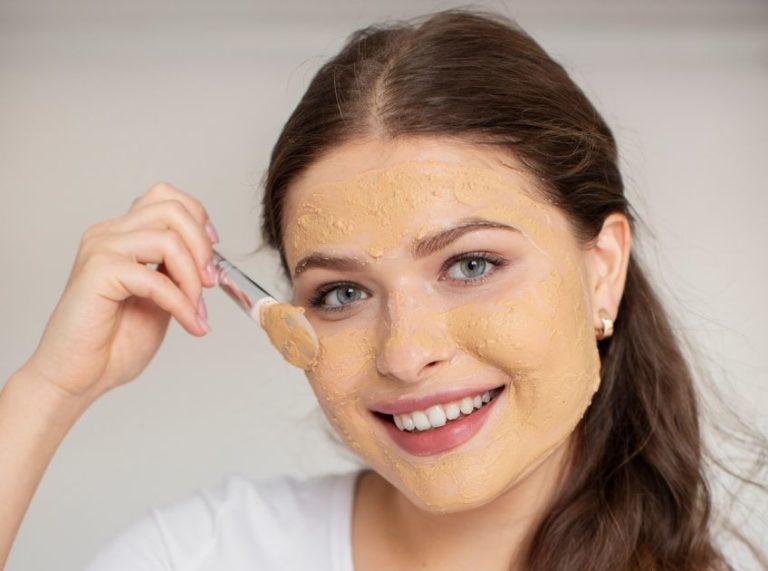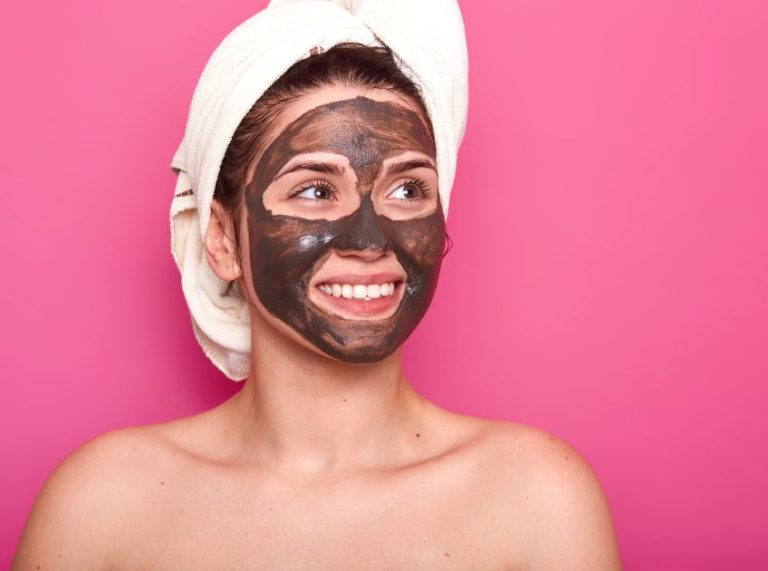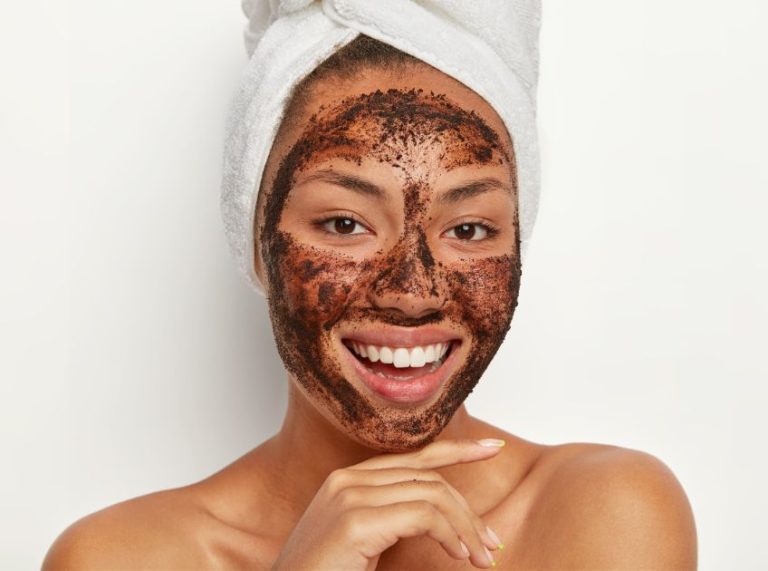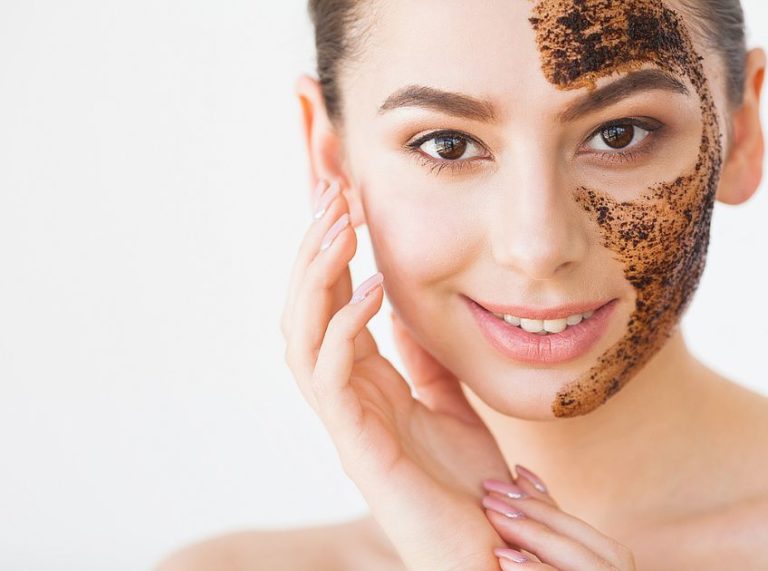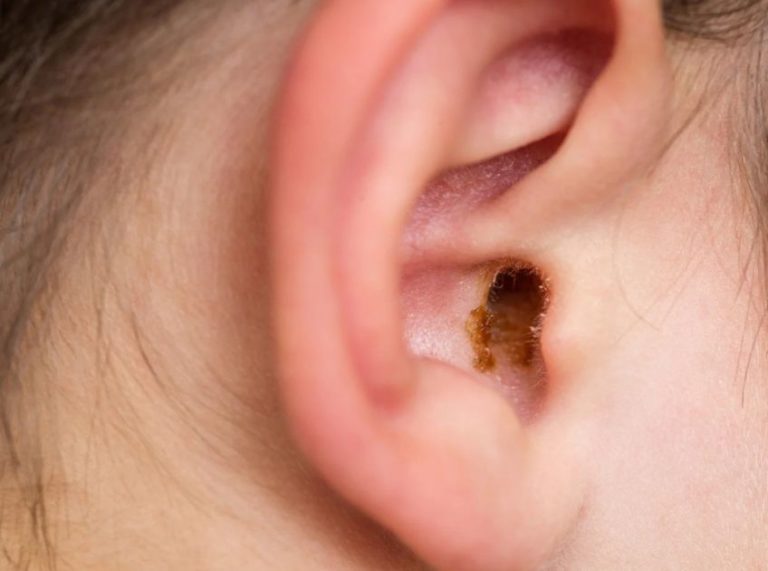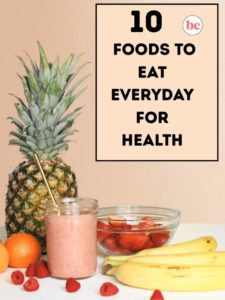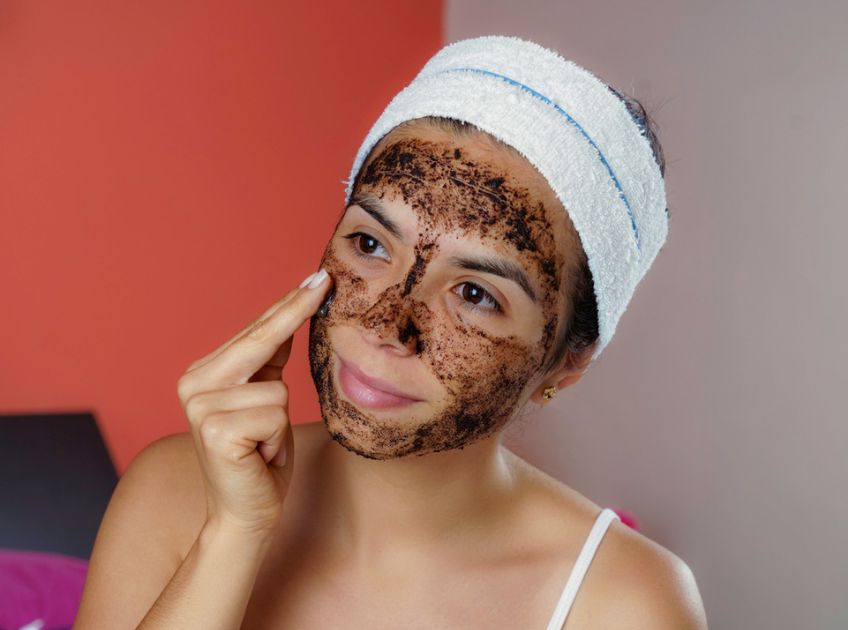
Important: This article is for informational purposes only. Please read our full disclaimer for more details.
Coffee isn’t just a morning energy booster—it’s also a powerful skincare ingredient. Rich in antioxidants, caffeine, and natural exfoliants, coffee scrubs help slough away dead skin cells, unclog pores, and improve circulation. The result? Skin that feels softer, smoother, and more radiant. When blended with natural ingredients like honey, yogurt, or oils, coffee scrubs can work wonders for multiple skin types without the harshness of store-bought exfoliants.
3 DIY Coffee Scrub Recipes You’ll Love
1. Coffee & Honey Hydrating Scrub
This scrub is ideal for people who want soft, supple skin without irritation. Honey acts as a natural humectant, drawing moisture into your skin, while coffee gently polishes away dullness. Olive oil adds extra nourishment, making it a complete treatment.
- Ingredients
- 2 tbsp finely ground coffee (avoid very coarse grinds to prevent micro-tears)
- 1 tbsp raw honey
- 1 tsp olive oil (or jojoba oil for oily skin)
- Step-by-Step Preparation
- Combine coffee, honey, and olive oil in a small bowl.
- Stir until you form a thick, sticky paste.
- Apply evenly on your damp face and neck.
- Gently massage in upward circular motions for 2–3 minutes.
- Rinse with lukewarm water and pat dry.
- Skin Benefits:
- Coffee: Exfoliates dead skin, improves circulation.
- Honey: Hydrates, soothes, and acts as a mild antibacterial.
- Olive oil: Restores skin barrier and provides essential fatty acids.
- Best Suited For: Dry, normal, and combination skin.
2. Coffee & Yogurt Brightening Scrub
This recipe works like a two-in-one mask and scrub. Yogurt contains lactic acid, which is scientifically proven to gently exfoliate, lighten tan, and even out skin tone. Combined with coffee, it revives dull, tired-looking skin.
- Ingredients
- 2 tbsp ground coffee
- 2 tbsp plain, unsweetened yogurt
- Step-by-Step Preparation:
- Mix coffee and yogurt until a creamy consistency forms.
- Apply generously over your face and neck.
- Leave for 5–7 minutes as a mask so the lactic acid works on pigmentation.
- Before rinsing, massage in gentle circular motions for 1–2 minutes.
- Wash with cool water and follow with moisturizer.
- Skin Benefits:
- Coffee: Increases cell turnover, boosts glow.
- Yogurt: Brightens skin, reduces blemishes, smooths texture.
- Combined effect: Makes skin look instantly refreshed and soft.
- Best Suited For: All skin types, especially dull or uneven skin tone.
3. Coffee & Coconut Oil Nourishing Scrub
This deeply moisturizing scrub is perfect if you struggle with dry, flaky patches. Coconut oil softens and protects the skin, while rice sugar or fine sugar crystals (optional) enhance the exfoliation process for an extra-smooth finish.
- Ingredients:
- 2 tbsp ground coffee
- 1 tbsp virgin coconut oil
- 1 tsp fine sugar (optional, for added exfoliation)
- Step-by-Step Preparation:
- Mix coffee grounds and coconut oil in a small bowl.
- Add sugar if you prefer a stronger scrub.
- Apply onto damp face and gently massage for 2–3 minutes.
- Focus on rough areas like the nose and chin.
- Rinse with warm water. If your skin feels oily, follow with a mild cleanser.
- Skin Benefits:
- Coffee: Removes buildup and brightens skin.
- Coconut oil: Locks in moisture, repairs dryness.
- Sugar: Provides an extra buffing action for smoother texture.
- Best Suited For: Dry, flaky, and mature skin. (Not ideal for acne-prone skin as coconut oil may clog pores in some people.)
What Science Says: Coffee Scrubs and Skin Health
Scientific studies back up coffee’s role in skincare. Research shows that caffeine and polyphenols in coffee possess antioxidant and anti-inflammatory properties that protect the skin from free radicals and UV-induced damage (Nishizawa et al., Antioxidants, 2020) (1)(2).
Additionally, exfoliating agents like coffee grounds improve skin renewal, which can enhance smoothness and radiance. Natural acids (like lactic acid in yogurt) and humectants (like honey) are proven to hydrate and brighten, making these DIY scrubs both safe and effective when used regularly.
Frequently Asked Questions (FAQ’S)
Q1. How often should I use a coffee scrub on my face?
A. 1–2 times a week is ideal. Overuse can strip away natural oils and cause irritation.
Q2. Can coffee scrubs help with acne?
A. Yes, to some extent. Coffee’s anti-inflammatory properties may help reduce redness, and exfoliation keeps pores clean. However, they are not a cure for severe acne.
Q3. Are coffee scrubs safe for sensitive skin?
A. They can be, but always do a patch test. For sensitive skin, skip lemon or sugar and stick with soothing mixes like coffee and honey.
DIY coffee face scrubs are an affordable and natural way to achieve smooth, glowing skin without harsh chemicals. Whether you’re battling dryness, dullness, or rough texture, these simple recipes can help restore your skin’s softness. Pairing coffee with nourishing ingredients like honey, yogurt, or coconut oil not only brightens your complexion but also promotes long-term skin health. For best results, use consistently and always follow with a moisturizer and sunscreen.
